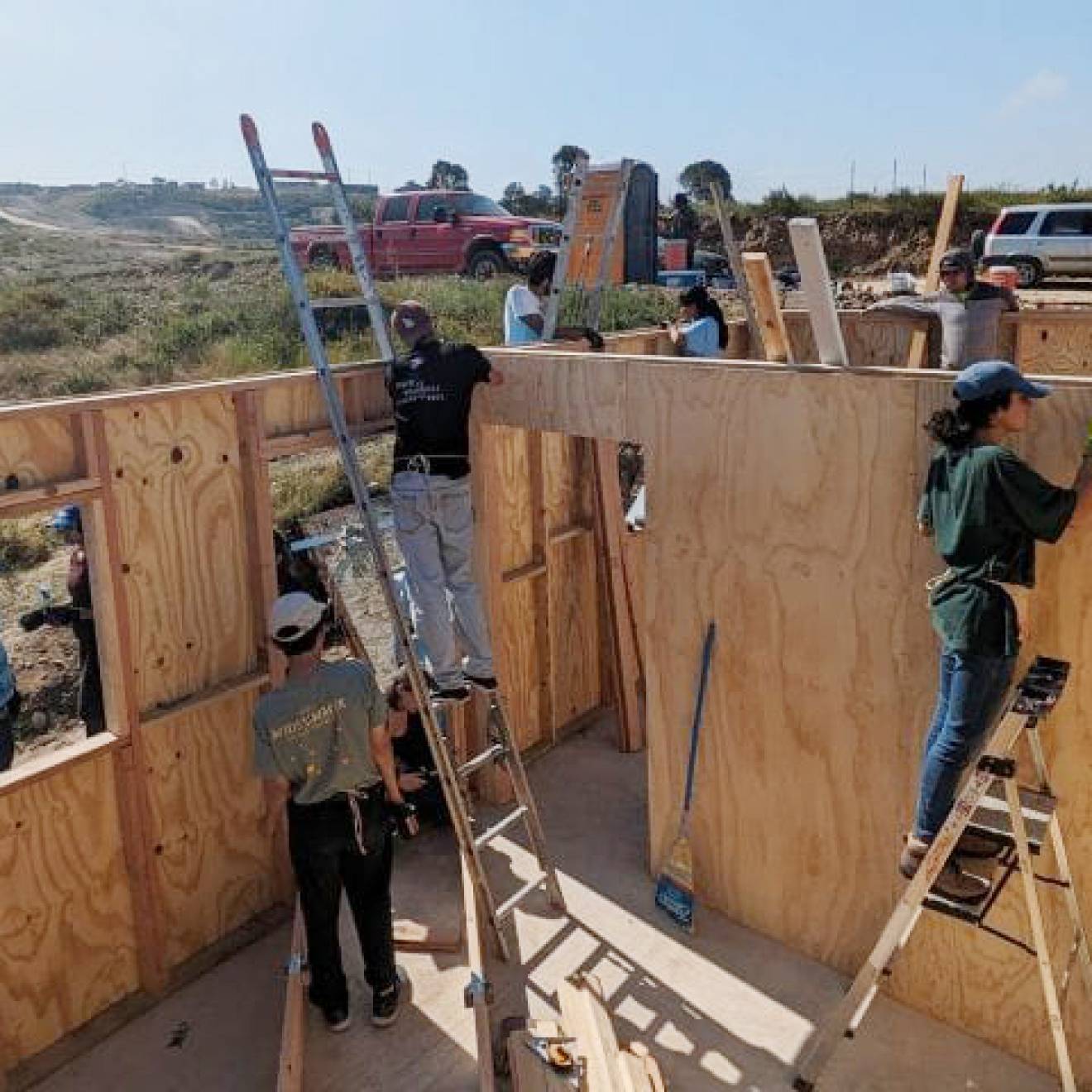Nicole Freeling, UC Newsroom
University of California President Janet Napolitano and the leaders of the other two public higher education systems met with state lawmakers today (April 29) and pledged to work together to help more Californians earn a college degree.
Napolitano, California State University Chancellor Tim White and California Community College Chancellor Brice Harris were in Sacramento to discuss the critical role of public higher education in advancing the state's economy.
They were joined by about 120 other senior academic leaders from UC, California State University and the California Community College systems for Joint Higher Education Day.
Opening the proceedings, Napolitano promised a new “unity of effort” among the three systems to enable more Californians to attend and complete college.
“We are truly stronger together than we are apart,” Napolitano said.
Public higher education is an engine of economic growth and social mobility for the state, Napolitano said. As academic leaders committed to work jointly to promote access, they called upon the state to support those efforts with renewed and sustained state investment.
"We are at an important tipping point,” Napolitano said. The level of commitment the state makes in the next few years will determine whether California can continue to stand as a national model for opportunity and access.
The economic pressures facing public higher education comes at a time when the state’s workforce needs have never been greater.
By 2025, the state is expected to face a workforce shortage of up to two million college degrees and certificate holders.
“If there’s one thing that draws industry and business investment here from around the world, it’s the fact that we have the best and most highly educated workforce, thanks to our public system of higher education,” Napolitano said. “We can’t lose that side of the story.”
Plans to help more students graduate sooner
The three system leaders are relatively new to their posts, with Harris — who took the helm of the Community College System in November 2012 — having served the longest. White began leading the CSU system in December 2012, and Napolitano became UC's president on Sept. 30, 2013.
Since then, the three have made numerous joint appearances together — including at the governing board meetings for all three institutions — to talk about ways the systems can work more closely together.
On Tuesday, they highlighted several of those efforts, including plans to make it easier for students to transfer from California Community Colleges to four-year institutions.
Already, nearly a third of UC and half of CSU undergraduates begin their higher education at a California Community College.
Transfer is a key element of California’s Master Plan, which called for a three-tiered system to serve students across the spectrum of academic abilities. And it has been a cornerstone of access, enabling thousands of students who aren’t ready or eligible to enter a UC campus as freshman have an alternate path to enroll and earn a degree.
But more can be done, Napolitano said Tuesday.
She said the three systems are looking at technological solutions that could help streamline the transfer process and make it easier and more transparent to students.
They are also in discussions about how to establish a more direct academic route for students, such as an Associate Degree for Transfer, which would offer a clear set of requirements for entry into four-year degrees.
The three systems are also working together to reach K-12 students and their families earlier in their schooling, so they are on a path for college.
Harris, White and Napolitano also committed to reduce the cost of delivering education by working together to find operating efficiencies.
State must contribute
But the state must do its part too, all three stressed.
“Yes, we can cut costs — and we are,” Napolitano said. “We can work more efficiently. We can seek more private support. But none of those measures will be enough without adequate and long-term state reinvestment.”
At the same time public colleges and universities strive to open their doors to more students, they also must have the resources to help underprepared students so they are able to succeed, Harris said.
At California Community Colleges, 42 percent of students enter academically unprepared for college coursework.
State officials “can choose to really invest in higher education, or they can make a token investment and see those problems continue to increase in the future,” Harris said.
White agreed.
"It's not about what we can do for CCC, CSU or UC, it's about the future of California," he said.

